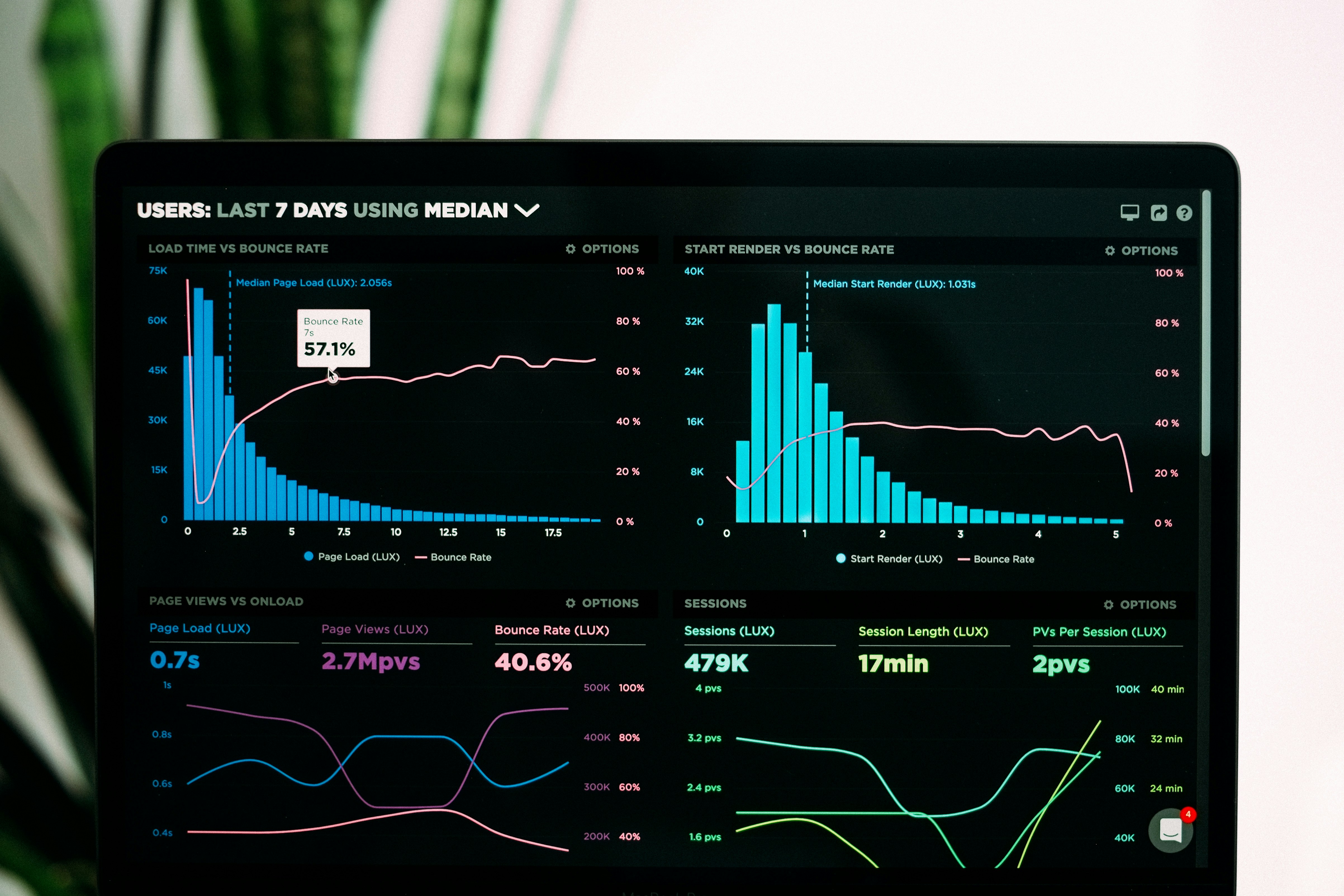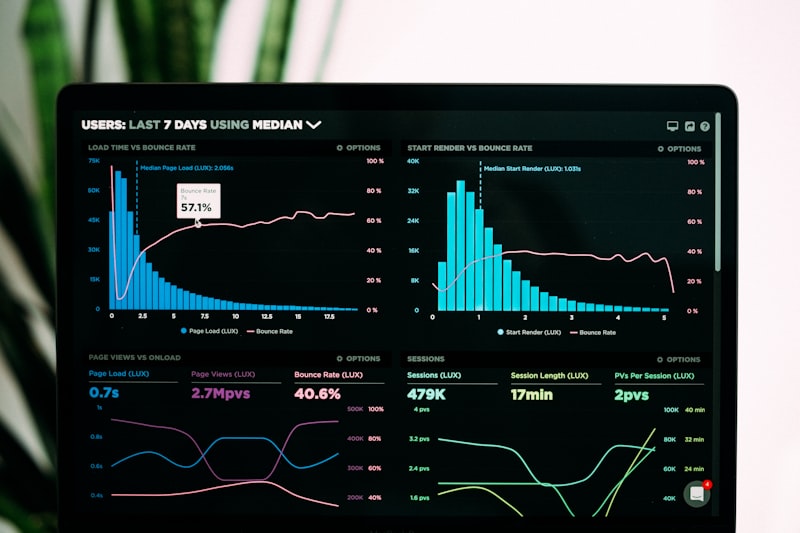Measuring Success: Essential Nepali Business Metrics and KPIs


In the dynamic and competitive business environment of Nepal, simply being busy isn’t enough. To truly thrive and achieve sustainable business growth, you need to know if your efforts are actually yielding results. This requires a clear understanding of your Nepali business metrics and Key Performance Indicators (KPIs). These are the quantifiable measures that reflect the health and performance of your business, guiding your decisions and strategies.
As a digital marketing expert in Nepal, I often encounter businesses that focus solely on revenue, overlooking other critical indicators. This post will delve into the essential metrics that every Nepali business should be tracking to gain actionable insights, optimize operations, and ensure long-term success.
Why Metrics and KPIs are Crucial for Your Nepali Business
- Informed Decision-Making: Move beyond guesswork and make data-driven decisions based on concrete evidence.
- Performance Measurement: Clearly understand what’s working and what’s not across different areas of your business.
- Identify Opportunities & Problems: Pinpoint areas for improvement, efficiency gains, or untapped growth potential.
- Accountability: Provide clear targets and measure progress for your teams.
- Strategic Planning: Guide your long-term business strategy and resource allocation.
- Prove ROI: Quantify the return on your investments in marketing, operations, and technology.
Essential Nepali Business Metrics and KPIs
1. Financial Performance Metrics
These are the bedrock of any business, but look beyond just top-line revenue.
- Revenue Growth Rate: Percentage increase in revenue over a period (e.g., month-over-month, year-over-year).
- Profit Margin: The percentage of revenue that translates into profit (Gross Profit Margin, Net Profit Margin).
- Customer Acquisition Cost (CAC): The average cost to acquire a new customer. Crucial for digital marketing Nepal efforts.
- Customer Lifetime Value (CLTV): The total revenue a business can reasonably expect from a single customer over their relationship. Compare CLTV to CAC to ensure profitability. For more on this, see our post on email marketing ROI.
- Burn Rate (for startups): How quickly a company is spending its capital.
2. Customer-Centric Metrics
Understanding your customers is key to sustainable growth.
- Customer Retention Rate: The percentage of existing customers who remain customers over a period. Cheaper to retain than acquire.
- Customer Churn Rate: The percentage of customers who stop doing business with you.
- Customer Satisfaction (CSAT) / Net Promoter Score (NPS): Measures customer happiness and loyalty through surveys.
- Repeat Purchase Rate: The percentage of customers who make more than one purchase.
3. Operational Efficiency Metrics
These measure how smoothly and effectively your internal processes are running.
- Inventory Turnover (for retail/e-commerce): How quickly inventory is sold and replaced. High turnover is generally good.
- Order Fulfillment Time: The time it takes from order placement to delivery. Crucial for customer satisfaction in Nepal’s logistics environment.
- Employee Productivity: Revenue or output per employee.
- Website Conversion Rate: Percentage of website visitors who complete a desired action (e.g., purchase, inquiry). Directly impacted by digital marketing Nepal efforts.
4. Marketing & Sales Metrics
These directly measure the effectiveness of your marketing and sales efforts.
- Website Traffic: Total visitors, unique visitors, traffic sources (organic, paid, social, direct). For more on this, see our GA4 guide.
- Lead Conversion Rate: Percentage of leads that convert into customers.
- Sales Cycle Length: The average time it takes to close a sale from initial contact.
- Social Media Engagement Rate: Measures how actively your audience interacts with your content. For more on this, see our post on social media marketing in Nepal.
- Email Open Rate & Click-Through Rate: For email marketing campaigns. For more on this, see our post on email metrics in Nepal.
Implementing Metrics and KPIs in Your Nepali Business
- Align with Goals: Choose metrics that directly align with your overarching business goals. Don’t track metrics just because they’re available.
- Define Clearly: Ensure everyone in your organization understands what each KPI means and how it’s calculated.
- Set Targets: Establish realistic and challenging targets for each KPI.
- Track Consistently: Use reliable tools (e.g., Google Analytics, CRM, accounting software) to track data consistently.
- Visualize Data: Use dashboards (e.g., Looker Studio) to visualize your KPIs, making them easy to monitor and understand.
- Regular Review: Hold regular meetings to review performance against KPIs, discuss insights, and make adjustments to your strategy.
- Iterate and Optimize: Use the insights gained from your metrics to continuously improve your products, services, and marketing efforts.
Final Thoughts
For Nepali businesses, moving beyond anecdotal evidence to a data-driven approach is essential for sustainable business growth. By diligently tracking and analyzing these essential Nepali business metrics and KPIs, you can gain unparalleled insights into your performance, identify opportunities for optimization, and make truly informed decisions that lead to long-term success in the competitive digital marketing Nepal landscape.